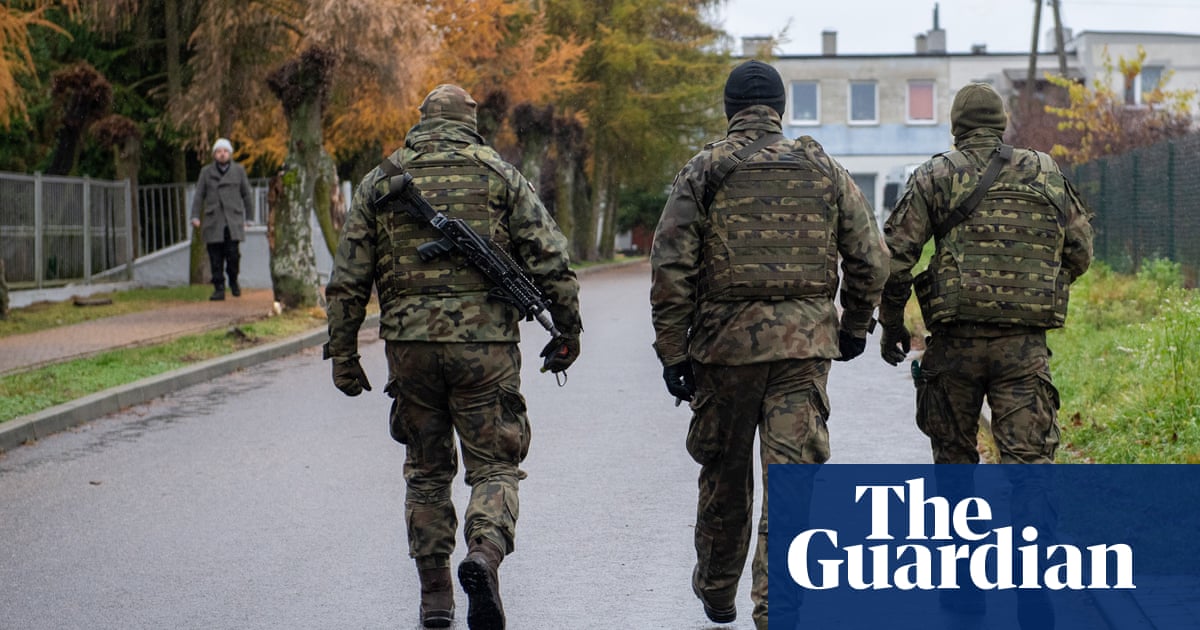Gorgeous European island that has 20,000 more sheep than people

There are many beautiful islands across Europe, but one stands out not just for its spectacular views but also for its unusual population statistic.
We’re talking about the Faroe Islands, an autonomous territory of Denmark located in the North Atlantic between Scotland and Iceland.
The islands are home to around 70,000 sheep – about 20,000 more than the human population, which stands at roughly 54,000.
Known in Faroese as “Føroyar,” meaning “Sheep Islands,” the archipelago of 18 volcanic islands has a deep-rooted connection with these hardy, tangle-haired animals.
Sheep have been integral to the Faroese way of life for over a millennium, dating back to the time of the Vikings who settled there in the 9th century.
In fact, the islands’ oldest surviving document, Seyðabrævið (the Sheep Letter) from 1298, outlines laws related to sheep grazing and ownership.
But the sheep are not just a culture symbol; they also play a practical role in the Faroese economy and daily life.
Semi-wild flocks roam freely across the islands, grazing on the grass-covered mountains, contributing to the islands’ appearance.
Most Faroese families have a share in a flock, and many participate in the traditional autumn roundup, where communities come together to manage and distribute the livestock.
Sheep farming is a big industry and provides wool and meat with the local delicacy, “skerpikjøt,” being wind-dried mutton.
The dish is prepared by hanging the meat in specially designed sheds, known as “hjallur,” where it ferments in the cool, salty air.
The taste of skerpikjøt varies depending on the island and even the specific location where it was cured.
Tourists visiting the Faroe Islands are likely to encounter sheep almost everywhere – on hillsides, roadsides, and even near the islands’ only airport.
Some farmers also offer traditional food experiences, allowing visitors to try local dishes and learn about sheep farming practices.
Despite their small population, the Faroese are proud of their heritage. The national tourism board features a ram’s head in its logo, and sheep-themed monuments can be found throughout the capital city Tórshavn.
What’s more, the territory launched the “Sheep View” project in 2016, which humorously used camera-equipped sheep to promote the islands as a tourist destination and unsurprisingly drew international attention.
Related
A New Book Argues That What Happens in Europe Doesn’t…
Remaking the World: European Distinctiveness and the Transformation of Politics, Culture, and the Economy by Jerrold Seigel “No issue in world
Poland plans military training for every adult male amid growing…
Poland’s prime minister, Donald Tusk, has said his government is working on a plan to prepare large-scale military training for every adult male in response t
2025 European Athletics Indoor Championships: Ditaji Kambundji secures women’s 60m…
Switzerland’s Ditaji Kambundji walked away from the 2025 European Athletics Indoor Championships in Apeldoorn on 7 March with much more than her first Europea
Takeaways from the EU’s landmark security summit after Trump said…
BRUSSELS (AP) — European Union leaders are trumpeting their endorsement of a plan to free up hundreds of billions of








